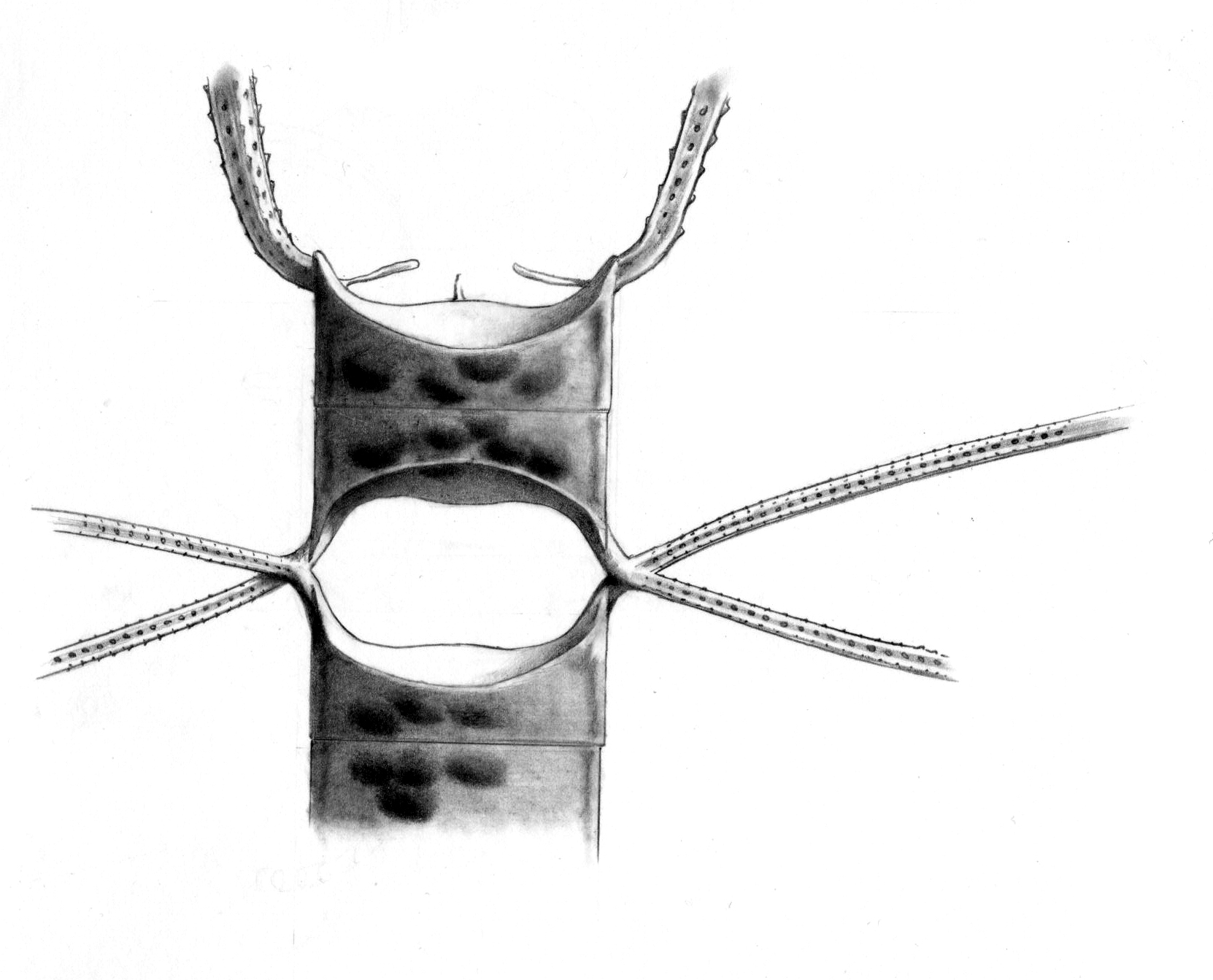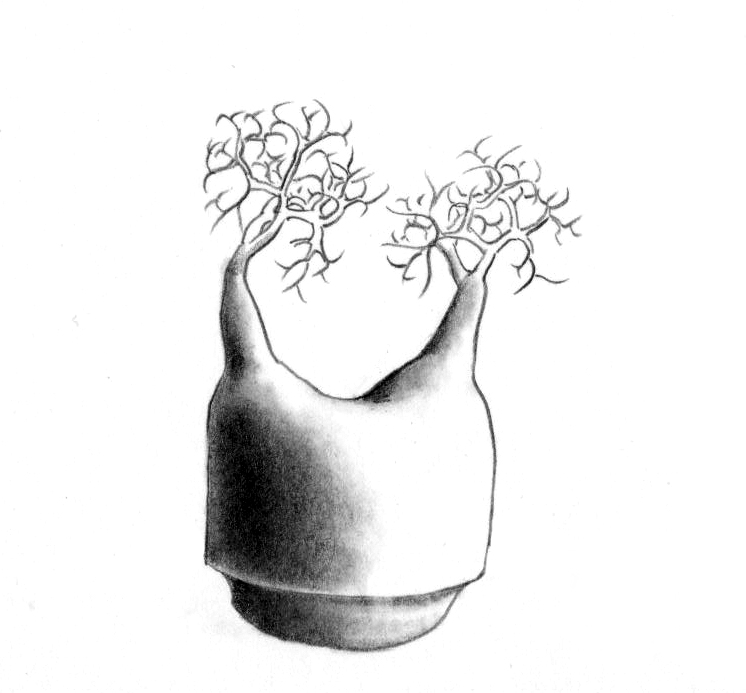
Species details
- Chaetoceros cellulosus: Lauder H.S. (1864)
The cells join at the poles to form colonies composed of straight, rigid chains of varying length. In girdle view the cell appears rectangular, with elongated corners. In valve view it is elliptical, with the valve face flat or concave. The aperture between adjacent cells (foramen) may be oval, hexagonal or (more rarely) elliptical in shape. The intercalary setae, joined at the point of origin, are long and thick; they lie perpendicular to the axis of the chain or diverge at an angle of 20-45°. The terminal setae are shorter than the intercalary setae, and generally more robust. Together with the terminal valve face they form a U-shape, pointing away from the chain along its axis. Both the intercalary and the terminal setae emanate from the the margin of the valves; they are covered in large pores and rows of spines arranged longitudinally, and sometimes visible by optical microscope. There are numerous small chloroplasts (4-10) per cell.
- Apical Axis: from 7 to 80 µm
- Pervalvar Axis: from 10 to 55 µm
- Aperture: from 8 to 12 µm
Neritic, found in warm to temperate waters. Common in Italian seas.
Distribution: in Europe: Romania (Caraus, 2002); in Asia: Russia (Shevchenko et al., 2006).
The species can be confused with Chaetoceros decipiens, from which it differs in having resting spores. The species is less common than C. decipiens.
Toxicity:The proliferation of the species is associated with the mass mortality of anchovies in the Gulf of Nicoya in Costa Rica in the Pacific.
Resistence Stages:The proliferation of the species is associated with the mass mortality of anchovies in the Gulf of Nicoya in Costa Rica in the Pacific.
The algae of Romania., Studii si Cercetari, Universitatea Bacau, Biologie 7, Caraus I., 2002, 1-694
Über einige neue und ungenugend bekannte Arten und Gattungen von Diatomaceen., Verhandlungen der kaiserlich-koniglichen zoologisch-botanischen Gesellschaft in Wien,(Zweite Folge)13, Grunow A., 1863, 137-162
The genus Chaetoceros (Bacillariophyta) from Peter the Great Bay, Sea of Japan., Botanica Marina 49:, Shevchenko O.G., Orlova T.Y.,Hernandez-Becerril D.U., 2006, 236-258.
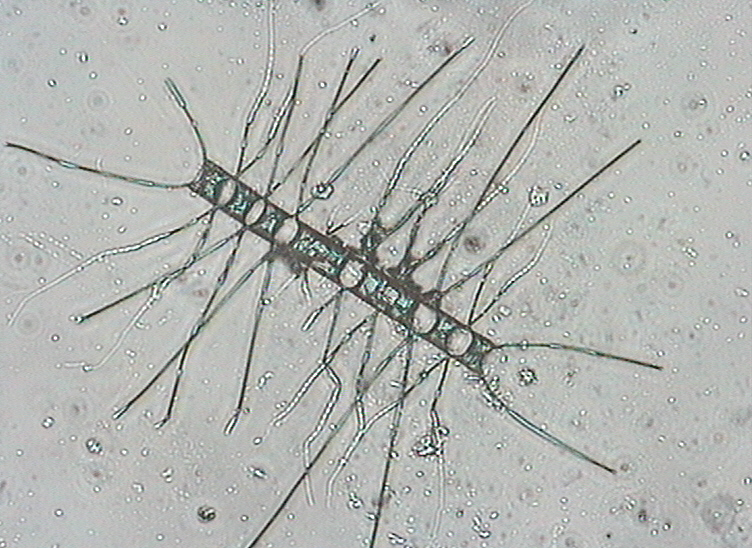
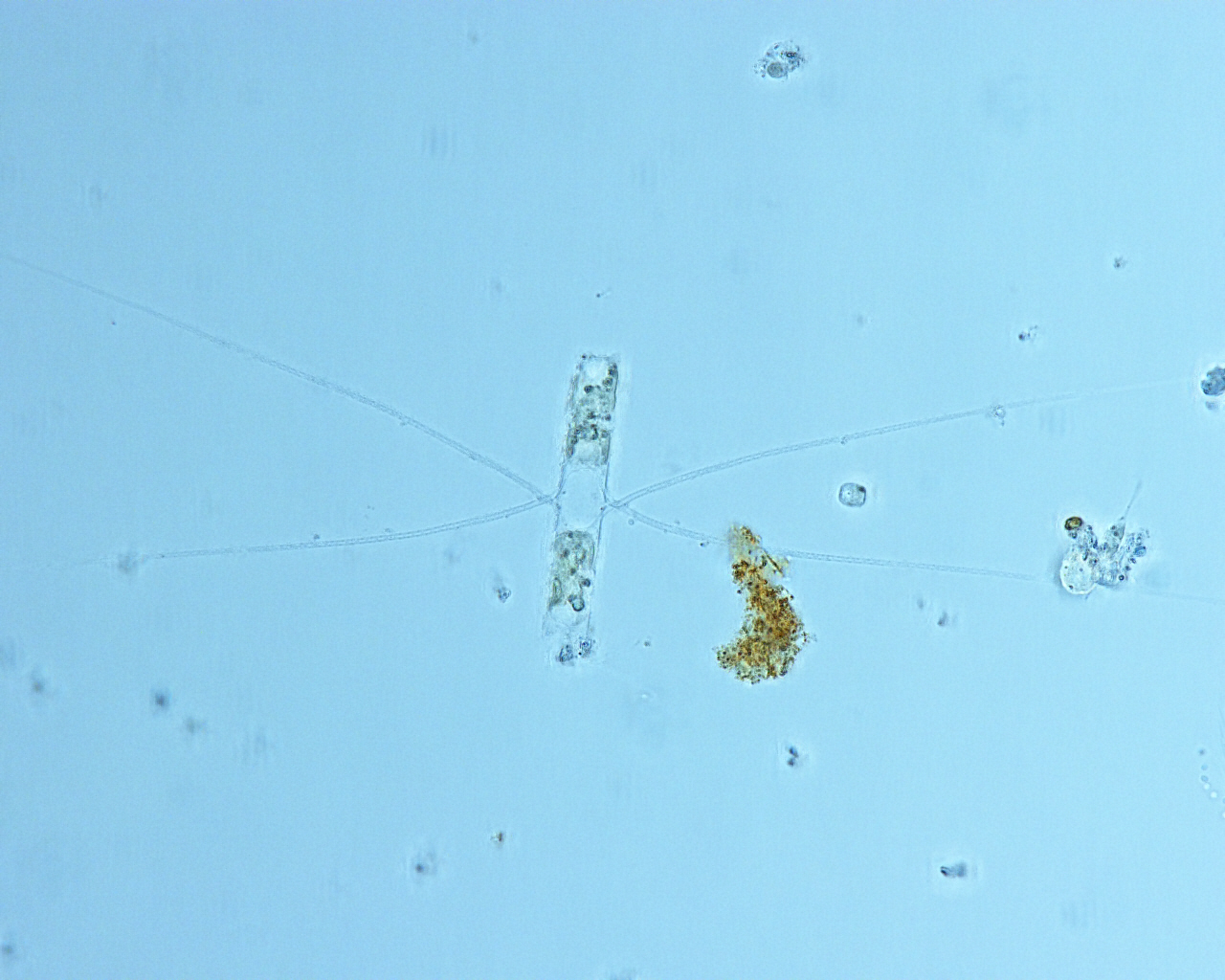
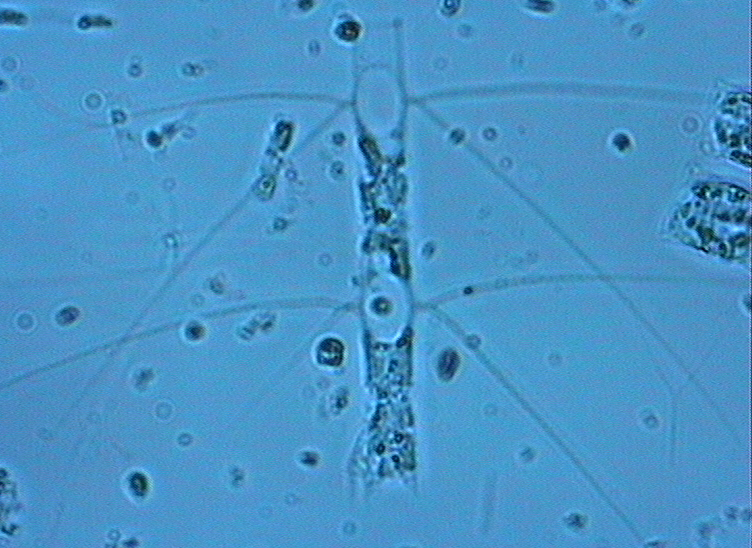
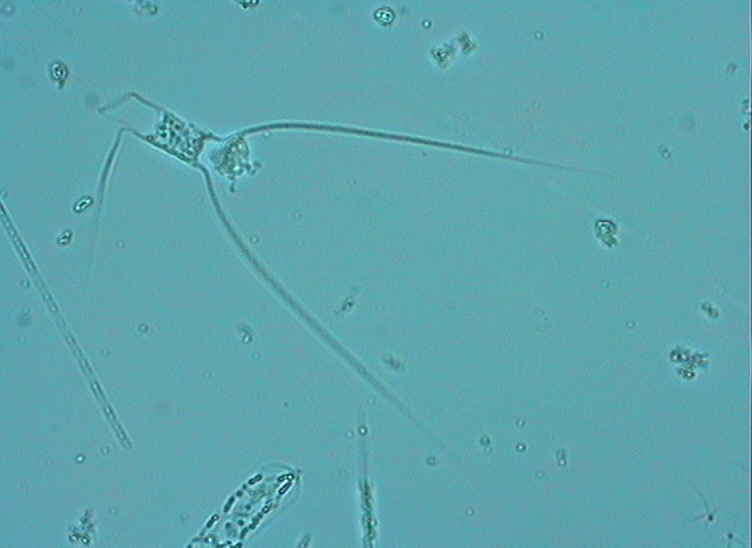
.jpg)
_635192538620010000.jpg)
_635192536546170000.jpg)


